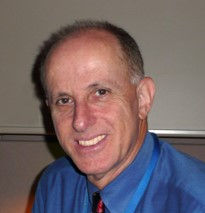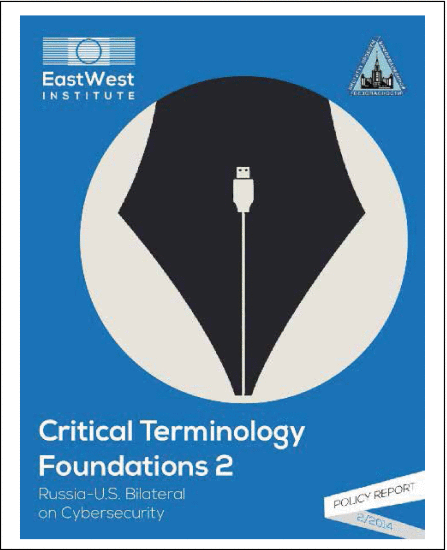 Luis Kun
Luis Kun From the time I immigrated to the United States, I have always been very surprised by the constant use of acronyms in schools, industries, and government. In November 1978, I started my first full-time job with International Business Machines Corporation (IBM) after finishing my doctorate at University of California, Los Angeles (UCLA). I was to be part of a national team that tried to understand and define the computer requirements of faculty, particularly researchers at Caltech, University of Southern California (USC), and UCLA, on how they would use computers. Because of my biomedical engineering (BME) background, I was assigned to the healthcare/hospital marketing team. During my first week, I overheard a team member say: “Just came back from the LA County-USC Medical Center and there is a problem in the CCU. ”
As a BME, I immediately assumed he was referring to the critical/coronary/cardiac care unit. As the days passed, during team discussions, I became confused because the language the team used seemed “strange” to me. To make this story short, the “CCU” they were referring to was the communications control unit.
Many times, when a person speaks, the speaker is unaware that the audience may “hear” something that was not said. In Table 1, you can find samples of different definitions of the same CCU acronym.
Twenty years ago, a big concern was that there were about 3 billion static documents accessed by over 500 million users internationally on the internet, so it was getting increasingly difficult to find, access, present, and maintain relevant information. Tim Berners-Lee, the creator of the World Wide Web, envisioned it as the Semantic Web. He envisioned automated services, such as more accurate filtering, categorizing, and searching of information, where the real power came from moving from applications to data. The Semantic Web was a path to machine-processable data, where the data was made smarter. So, data could be composed of multiple domains and accurately classified in a hierarchical taxonomy, and the classification used for discovering data [2]. These were concepts that anticipated many of the current uses of artificial intelligence. In September 2003, about 25 years after the CCU event, while I was a professor at the National Defense University (NDU), I was an invited speaker to the Semantic Technologies for e-Gov conference, at the White House Conference Center. I used the example of the CCU acronym, as a major communications problem of “disconnect” and un-interoperability among multiple agencies and departments. The title of the talk was: “Semantic Web Issues for Homeland Security and Public Health.”
During my lectures, when trying to resolve any problem, and to really understand a problem, I try to insist on the creation of multidisciplinary and interdisciplinary teams. The interpretations that each person may have can provide a completely different perception of the same word. Using the word “threat,” a policeman may see guns and knives, a firefighter may see smoke and fire, the owner of a shop in the mall may see Amazon.com and the internet, and the owner of a theater may see Netflix. While the Transportation Security Administration (TSA) at the airport may see a bottle with water as a threat, the environmentalist sees only the plastic of the bottle, and the public health official, the water inside that bottle.
In June 2013, about 35 years after the CCU incident in 1978, and while I was still at NDU, Presidents Vladimir Putin and Barack Obama signed a historic agreement to begin cooperation on cybersecurity. The mutual understanding developed through previous work in 2011 was to define critical terminology for a cyber conflict. I was part of the U.S. team that held the Russia-U.S. Bilateral discussions on cybersecurity [3]. The aim was to build collaborative relationships between many nations in defining a common vocabulary so that mistakes would not be made because of misinterpretations of a certain word. It took us months just to agree on 20 terms (see Figure 1)!
FIGURE 1.Cover of the East West Institute’s Russia–U.S. Bilateral on Cybersecurity report titled Critical Terminology Foundations 2.
Author Information
Luis Kun is the 2023–2024 President of the IEEE Society on Social Implications of Technology. He is a distinguished professor emeritus with the William J. Perry Center for Hemispheric Defense Studies, National Defense University, Washington, DC 20319 USA. Email: l.kun@ieee.org.
_______
To read the full version of this article including references, click HERE.
______








 JOIN SSIT
JOIN SSIT